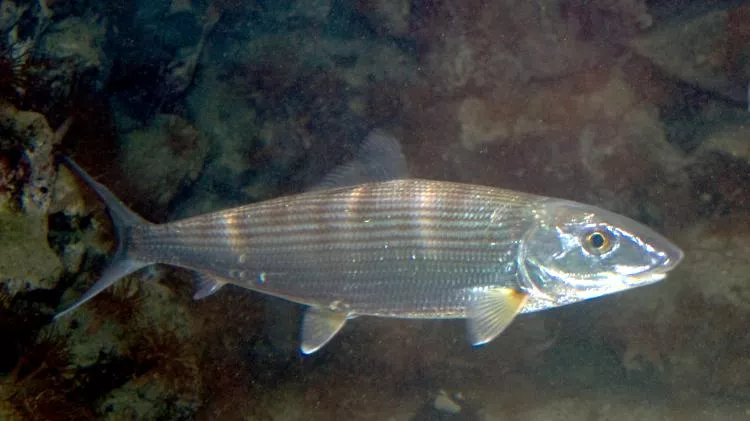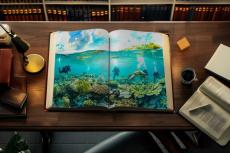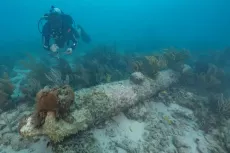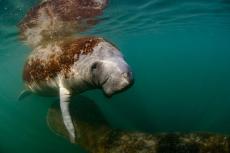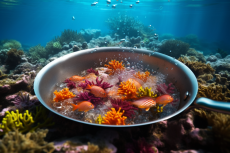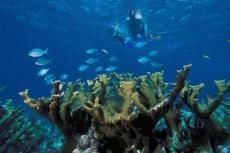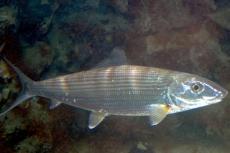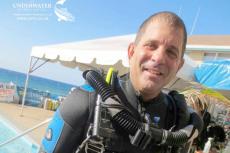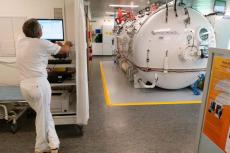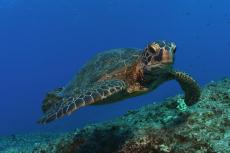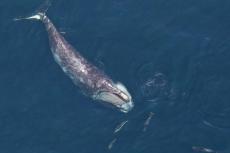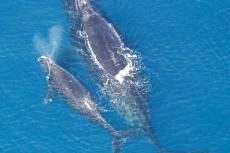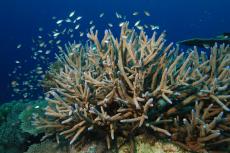Study finds traces of pharmaceutical drugs in bonefish and their prey
Florida's bonefish are falling prey to pharmaceutical contaminants that find their way into the state's seagrass flats.
Florida’s seagrass flats used to be the place where anglers from around the world would congregate to catch the bonefish. However, this is no longer the case, as populations of the fish—nicknamed “grey ghosts”—have fallen by more than 50 percent over four decades.
In an article published in The Guardian, according to Dr Jennifer Rehage, a fish ecologist and associate professor at Florida International University (FIU), many anglers had said they could not find bonefish in the seagrass flats anymore.
Thus, in the last three years, she led a study and eventually discovered the culprit—pharmaceuticals.
Findings of the study
In the study, the research team sampled 93 bonefish, and discovered that practically all of the fish had traces of at least one pharmaceutical in their body, be it substances like blood pressure medications, antibiotics, opioids, antifungals. pain relievers or antidepressants, etc.
It was determined that the fish had been exposed to the pharmaceuticals through the prey they consumed or by inhalation (via the water or sediment).
On average, each bonefish had about seven pharmaceuticals in their body, with one having as many as 17. In 56 percent of the bonefish studied, the levels detected were above which we would expect negative effects, so these fish’s body and behaviour were subsequently being affected in some way.
There was evidence that pharmaceutical contamination on marine life did have negative effects mainly on the fish’s behaviour, but it could also affect their ability to reproduce and their endocrine system as well, said Elena Fabbri, a professor at the department of biological, geological and environmental sciences at Bologna University in Italy.
The bonefish’s prey were not spared either. Of the 125 prey animals in the study (like shrimp, crab, small fish, etc), all tested positive for an average of 11 pharmaceutical contaminants each.
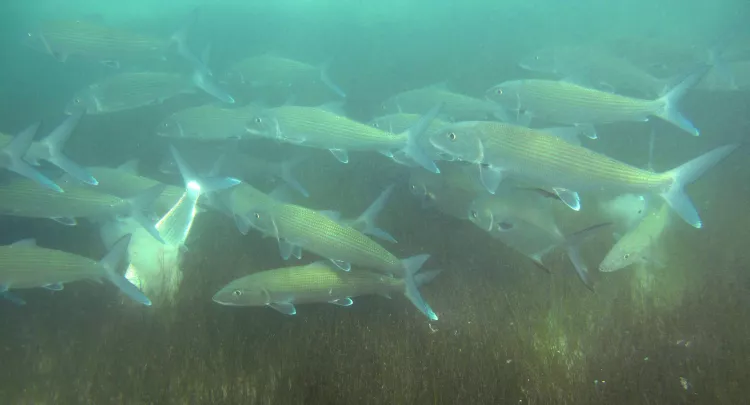
How did the drugs end up in the fish?
Since the bonefish and their prey are obviously not self-medicating or opting to get high on the drugs, the answer lies above ground.
There are some ways pharmaceuticals can reach the waterways and oceans: through manufacturing and rainwater run-off, as well as human and livestock wastewater.
According to Rachel Silverstein, director of Miami Waterkeeper, an environmental organisation, wastewater can end up in the sea through sewage spills, discharge of treated wastewater into the ocean and malfunctioning septic tanks.
“Though most contamination is screened out at sewage treatment plants, it’s very hard to remove some of these pharmaceuticals from the water,” she said. In 2020, over several months, 800m litres (212m US gallons) of sewage was spilled into Fort Lauderdale’s waterways, enough to fill 320 swimming pools.
Silverstein added that rising sea levels also prevented more than half of the septic tanks in Miami-Dade county from filtering waste properly. This made pharmaceutical discharge not a problem just for marine animals, but an environmental and public health hazard as well.
Possible solutions
Ozonation, a process of adding ozone to the water, can help to remove contaminants (including pharmaceuticals and pesticides) that have been missed by traditional wastewater treatment. However, to include ozonation in their processes, it would be necessary to retrofit existing plants.
Another solution focusses on the pharmaceuticals themselves, by making them greener so that they would break down faster in the environment.
“We cannot ban these substances because we need them, but we could favour or push pharmaceutical industries to find greener alternatives,” said Fabbri.
More barriers to overcome
Presently, there are no legal limits for the control of pollution from pharmaceuticals during its manufacture, use or disposal.
And because they are not considered lethal, environment regulations generally do not take pharmaceuticals into account, said study co-author Nick Castillo, a PhD student at FIU.
In addition, much of the research into the issue of pharmaceuticals pollutants has been focussed on freshwater environments, rather than in the oceans. While there is insufficient evidence to link the bonefish's decline with pharmaceuticals, Rehage's study is one of the first studies to go into the marine coastal environments and over a large area to show that pharmaceuticals are indeed everywhere.
Fabbri reiterates that researchers should continue publishing about the subject to inform regulatory agencies about the need for regulations in the marine environment as well.


